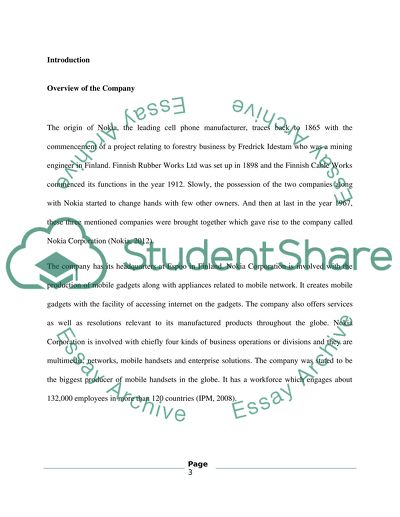Cite this document
(“Nokia company Essay Example | Topics and Well Written Essays - 3250 words”, n.d.)
Retrieved from https://studentshare.org/marketing/1394264-nokia-company
Retrieved from https://studentshare.org/marketing/1394264-nokia-company
(Nokia Company Essay Example | Topics and Well Written Essays - 3250 Words)
https://studentshare.org/marketing/1394264-nokia-company.
https://studentshare.org/marketing/1394264-nokia-company.
“Nokia Company Essay Example | Topics and Well Written Essays - 3250 Words”, n.d. https://studentshare.org/marketing/1394264-nokia-company.


